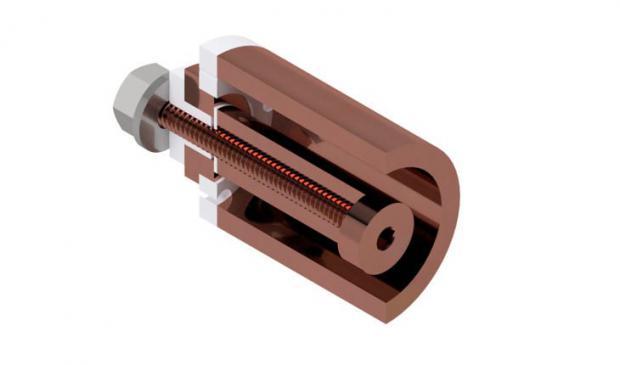
Breaking News
 LIVE ELECTION RESULTS: New York mayor, NJ & VA governor, Prop 50, Trump endorsements, latest vote
LIVE ELECTION RESULTS: New York mayor, NJ & VA governor, Prop 50, Trump endorsements, latest vote
 Sen. Markwayne Mullin Reveals Schumer Held Secret BACKROOM MEETING...
Sen. Markwayne Mullin Reveals Schumer Held Secret BACKROOM MEETING...
 RIP NYC - Muslim Communist Zohran Mamdani Wins New York City Mayoral Race
RIP NYC - Muslim Communist Zohran Mamdani Wins New York City Mayoral Race
 Dramatic Footage Shows UPS Cargo Jet Crashing At Louisville Airport
Dramatic Footage Shows UPS Cargo Jet Crashing At Louisville Airport
Top Tech News
 Japan just injected artificial blood into a human. No blood type needed. No refrigeration.
Japan just injected artificial blood into a human. No blood type needed. No refrigeration.
 The 6 Best LLM Tools To Run Models Locally
The 6 Best LLM Tools To Run Models Locally
 Testing My First Sodium-Ion Solar Battery
Testing My First Sodium-Ion Solar Battery
 A man once paralyzed from the waist down now stands on his own, not with machines or wires,...
A man once paralyzed from the waist down now stands on his own, not with machines or wires,...
 Review: Thumb-sized thermal camera turns your phone into a smart tool
Review: Thumb-sized thermal camera turns your phone into a smart tool
 Army To Bring Nuclear Microreactors To Its Bases By 2028
Army To Bring Nuclear Microreactors To Its Bases By 2028
 Nissan Says It's On Track For Solid-State Batteries That Double EV Range By 2028
Nissan Says It's On Track For Solid-State Batteries That Double EV Range By 2028
 Carbon based computers that run on iron
Carbon based computers that run on iron
 Russia flies strategic cruise missile propelled by a nuclear engine
Russia flies strategic cruise missile propelled by a nuclear engine
 100% Free AC & Heat from SOLAR! Airspool Mini Split AC from Santan Solar | Unboxing & Install
100% Free AC & Heat from SOLAR! Airspool Mini Split AC from Santan Solar | Unboxing & Install
Robust Plasma Propulsion Ignition System Developed for Cubesats

Purdue has created part of a new cubesat thruster which electromagnetically accelerates plasma to produce thrust. They have successfully tested the ignition system for more than 1.5 million pulses. This is a giant leap for extending the lifetime of electric propulsion systems for CubeSats.
With an on-board propulsion system, CubeSats are able to achieve orbital maneuvers, formation flying, constellation maintenance and precise attitude control. Chemical propulsion as one candidate for propelling smaller spacecraft into outer space has the advantage of large thrust but presents severe concerns due to its requirement for large propellant mass, high temperature and pressure, and a threat to the main payloads posed by the reactive propellant materials. Electric propulsion, in comparison, has very high exhaust velocity and fuel efficiency.
Depending on the mechanism of acceleration, traditional electric propulsion systems are generally divided into three categories:
1. electrothermal
2. electrostatic and
3. electromagnetic.
While R&D of the electric propulsion for CubeSats currently involves multiple technologies including pulsed plasma thruster (PPT), miniature Xenon ion thruster, electrospray, and vacuum arc thruster (VAT). these propulsion systems are still at their infancy and mostly remain less than 7 in the Technology Readiness Level scale used by NASA. The advanced CubeSat propulsion systems have not been validated in space.
A robust and compact ignitor that can reliably trigger the discharge in the electrical propulsion system throughout the entire operational lifetime is the goal of the Purdue University work.



